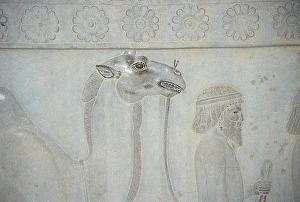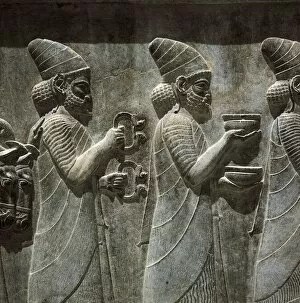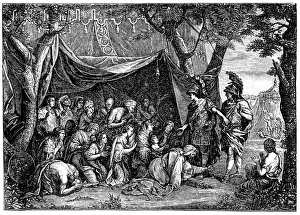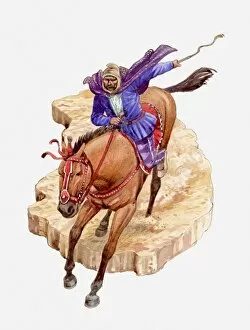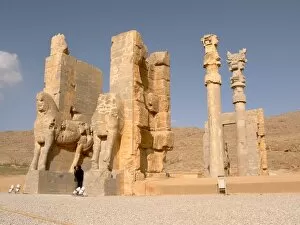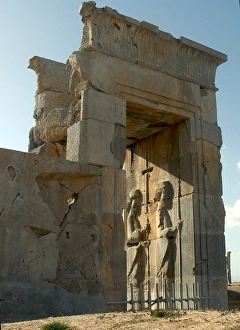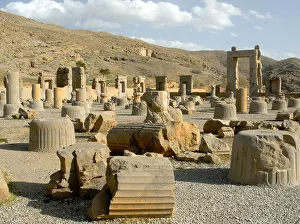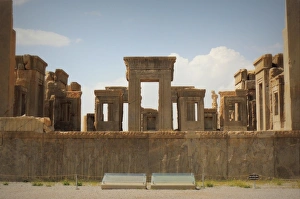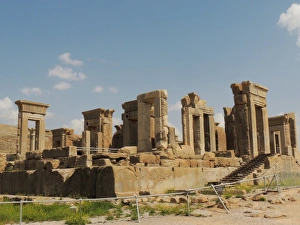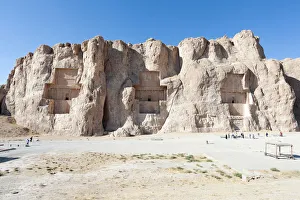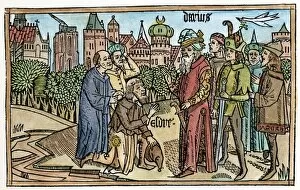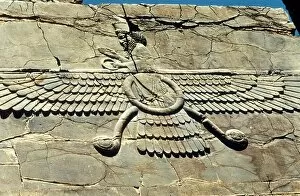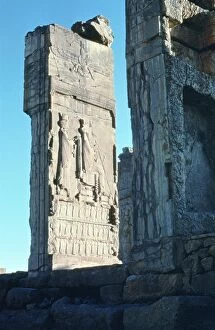Darius Collection (page 4)
"Darius: A Historical Figure Shrouded in Glory and Defeat" Darius, the mighty ruler of the Persian Empire during the 5th century BC, left an indelible mark on history
All Professionally Made to Order for Quick Shipping
"Darius: A Historical Figure Shrouded in Glory and Defeat" Darius, the mighty ruler of the Persian Empire during the 5th century BC, left an indelible mark on history. From his epic battles to his opulent palaces, Darius's legacy continues to captivate our imagination. One of the most iconic moments in Darius's reign was undoubtedly the Battle of Issus. This clash between Alexander the Great and Darius proved pivotal in shaping ancient history. Roman mosaics depicting this historic encounter, such as the one found at Pompeii's House of Faun, serve as a testament to its significance. While military prowess defined him, it also showcased his grandeur through architectural marvels like Persepolis. The ancient columns that still stand today evoke a sense of awe and wonder at their sheer magnitude. At sunset, these majestic structures create a mesmerizing spectacle that transports us back to an era long gone. The Tomb of Cyrus the Great in Pasargadae stands as a solemn reminder of Darius's predecessors' achievements. As he ascended to power after Cyrus's death, it is here where we can trace his lineage and understand how he sought to honor those who came before him. Artistic representations further immortalize Darius's story. Miltiades Bust captures his regal visage with intricate detail while paintings like "The Queens of Persia at the feet of Alexander" depict dramatic scenes from his life. These works allow us glimpses into courtly affairs and offer insight into Persian artistry during this period. Yet for all his triumphs, there were moments when fate dealt him cruel blows. The Battle of Arbela against Alexander marked a turning point where Darius met defeat on an unprecedented scale. Despite valiant efforts by Persian archers depicted throughout history, it was not enough to withstand Alexander's relentless advance. Audience scenes showcasing Darius's court reveal the opulence and splendor of his reign.

